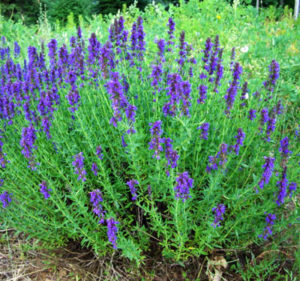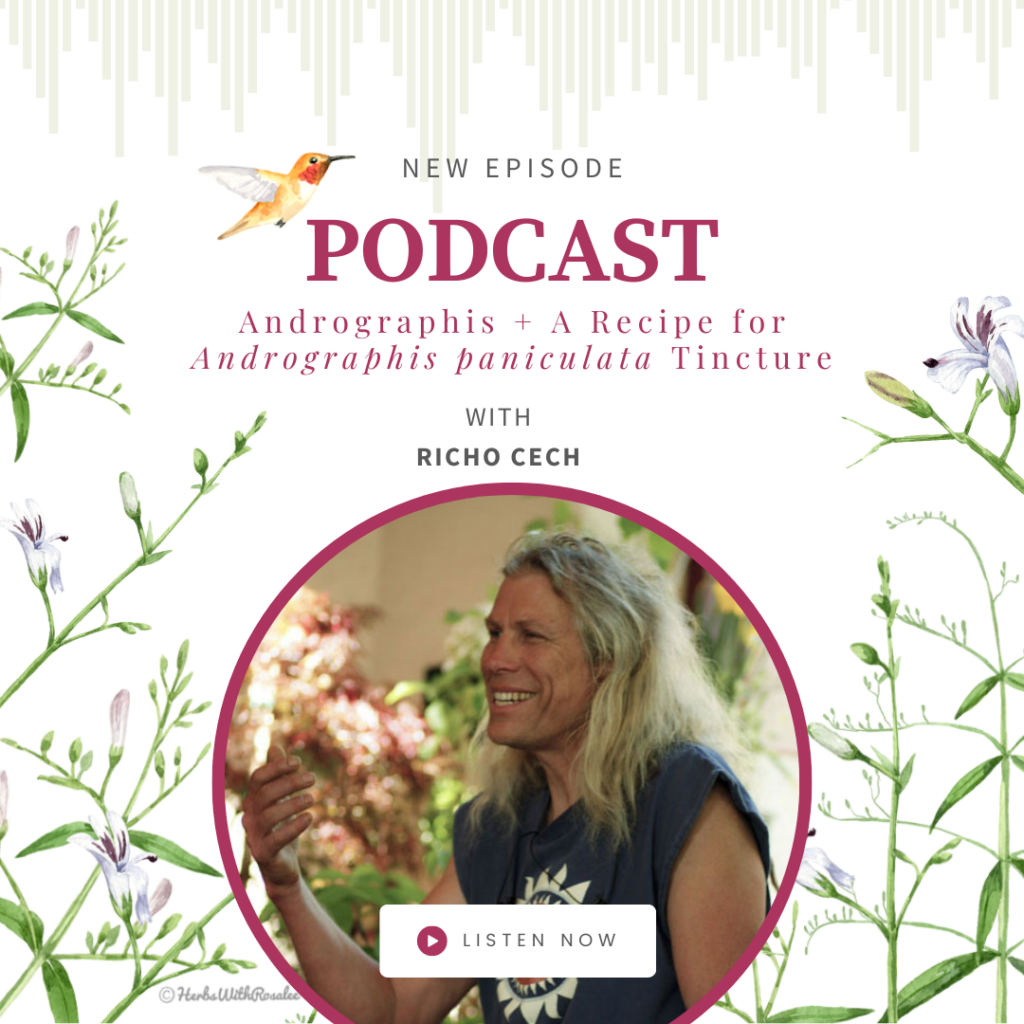
Cultivating a direct connection to the earth and all her goodness is the core value of gardening. One trades the sweat of the brow for sustenance at table, for remedies in the medicine cabinet. This is the birthright of humans, and can be accomplished simply, locally, inexpensively, and without advanced education. You plant a patch of pumpkins, and some go for pie, some for jack-o-lanterns, some of the seed gets salted and crisped in the oven (wrapped in a bit of cotton cloth and tied with string, these make a sugar-free gift to trick-or-treaters), and some of the seed is dried on a screen, bagged and labeled to produce the next year’s pumpkin patch. And so it goes. There are, of course, some pitfalls along the way, and although advanced education is not required to fuel the fires of self-sufficiency, still earth wisdom is required, wisdom acquired through ancestral knowledge, tempered by trial and error. For instance, one needs pumpkin seed to start, and that might involve a monetary transaction. And, one needs to understand the requirements for hand-pollination (futzy in pumpkins) or isolation distance (a whopping one mile between varieties of pumpkins, which can hybridize to disadvantage with squashes, gourds and wild cucurbits). It’s enough to drive you back to the seed rack!
Open-pollinated plants are pollinated naturally by wind, insects and human hands. Plants of this sort, unless unintentionally hybridized with related species, breed true. That means, you grow Hyssop (Hyssopus officinalis), you harvest Hyssop leaves for making herbal tea, you save some seed from the plant and when you plant that seed again the next year, you get. . . Hyssop. Easy peasy. Medicinal herbs are usually open-pollinated plants and therefore lend themselves more readily to seed-saving than many vegetable varieties. This is because medicinal herbs remain, for the most part, unchanged from their wild progenitors, which means their medicine is wildly effective, so for that reason alone we really don’t want to create hybrid types, and they breed true. Medicine comes from the wild and is grown by us only out of convenience (and respect for the delicacy of the wilds that remain). Most garden vegetables are cultigens, selected and hybridized, vastly different from their wild progenitors. For instance, taste the difference between wild carrot (Queen-Anne’s Lace), “Danvers” open-pollinated carrots and “Bolero F1” hybrid carrots. The wild carrot is white, fibrous, and loaded with nutrients pulled deep from the soil. The open-pollinated carrot is orange with essential beta-carotene and is seed-saver friendly. The hybrid carrot is like carrot sugar and the seed must be purchased from a seed-seller–it does not breed true. This whole progression is a slippery slope. You go from the wild food/medicine to the healthy open-pollinated food to the sugary F-1 hybrid. If you keep on sliding down this slippery slope, you end up in the transgenic swamp, where carrots swim around like fishes, and if you don’t eat them–they eat you!
I’m a seed grower, and I want people to buy my seed packets and grow the vegetables and herbs and feel free to harvest their own seed and grow more vegetables and herbs that come true. That’s why I don’t grow or sell hybrid varieties, and it is a decision based on values, not on profit. If you’re a beginner, and want to get started in seed saving, choose your favorite open-pollinated vegetable or herb, be it spinach or tulsi or corn, and grow it carefully through its cycle and save the seed for next year. One way to learn to swim is to jump into the deeps, but it is safer to start at the shallow end.
 When I sell my seed in packets, I’m encouraging gardeners to start from the ground up and establish their own populations of seed-bearing individuals. Some people don’t have greenhouses and rely on direct-seeding in the garden. This requires more seed than the controlled approach, and I want to be able to supply direct-seeders with bigger packets. Market growers and farmers supplying herbs to the herb industry also require larger amounts of seeds. I really do want to support them with bulk quantities of seed. On the other hand, when I sell my seed in bulk, I may be providing an easy inroad for competitors to buy in bulk and break it down into packets and compete with me. For them, it requires some startup capital and marketing expertise, but they avoid–the honest sweat. The hidden monster is that buying and selling seed in bulk may engender a false sense of security among the public: “Look, 10 different seed companies are all selling Styrian pumpkins, so Styrian pumpkins are safe from extinction!” In reality, quite likely, not true. Closer to the truth is that one grower has succeeded with Styrian pumpkins, and the rest of the seed companies are buying from that grower and selling packets.
When I sell my seed in packets, I’m encouraging gardeners to start from the ground up and establish their own populations of seed-bearing individuals. Some people don’t have greenhouses and rely on direct-seeding in the garden. This requires more seed than the controlled approach, and I want to be able to supply direct-seeders with bigger packets. Market growers and farmers supplying herbs to the herb industry also require larger amounts of seeds. I really do want to support them with bulk quantities of seed. On the other hand, when I sell my seed in bulk, I may be providing an easy inroad for competitors to buy in bulk and break it down into packets and compete with me. For them, it requires some startup capital and marketing expertise, but they avoid–the honest sweat. The hidden monster is that buying and selling seed in bulk may engender a false sense of security among the public: “Look, 10 different seed companies are all selling Styrian pumpkins, so Styrian pumpkins are safe from extinction!” In reality, quite likely, not true. Closer to the truth is that one grower has succeeded with Styrian pumpkins, and the rest of the seed companies are buying from that grower and selling packets.
Bottom line, I’m for the plants. I see plants as the substrate of human survival on the planet, and believe that by promoting plants, specifically open-pollinated “wild” plants, that the rest of nature will benefit. As a result, human existence will be augmented. I’m a kind of phyto-humanist, as it were, and so I’m personally saving as much seed as is humanly possible. People take false heart in the existence of cryogenic seed banks. If we know how to grow our own food and medicine, then in a pinch, we’ll be closer to having food on the table. We won’t need to wait around for scientists to defrost the seeds before we can use them. In order for us to realize the benefits of diversity, we need to put the plants around us, inside us, and in our prayers. Feel free to save seeds, people, it is the way.
Want to learn more about seed saving, check out my other blog, Seed Growing, Harvest and Storage





so right on, Reicho. it’s about the plants continuing to live and continue…
it’s similar to what I go through with my goats and chickens. we invest so much work and expense, carefully select and improve stock, etc. bottom line…. whether you give them away, sell them or they’re stolen while you’re at work (or through other ill gotten means) the end result is the same. we’ve made good genetics available 🙂